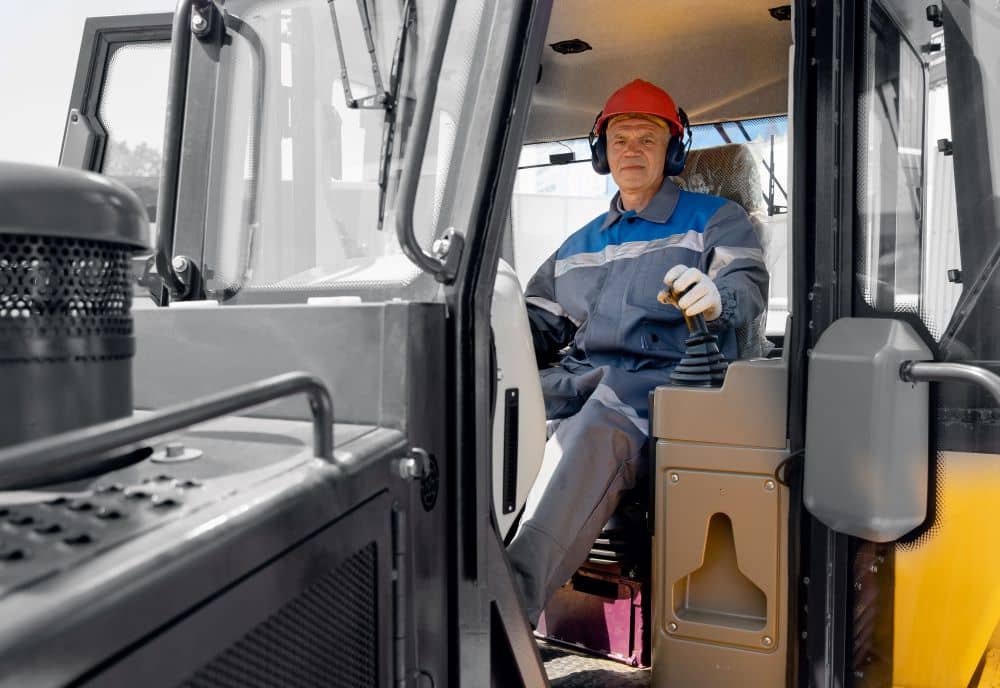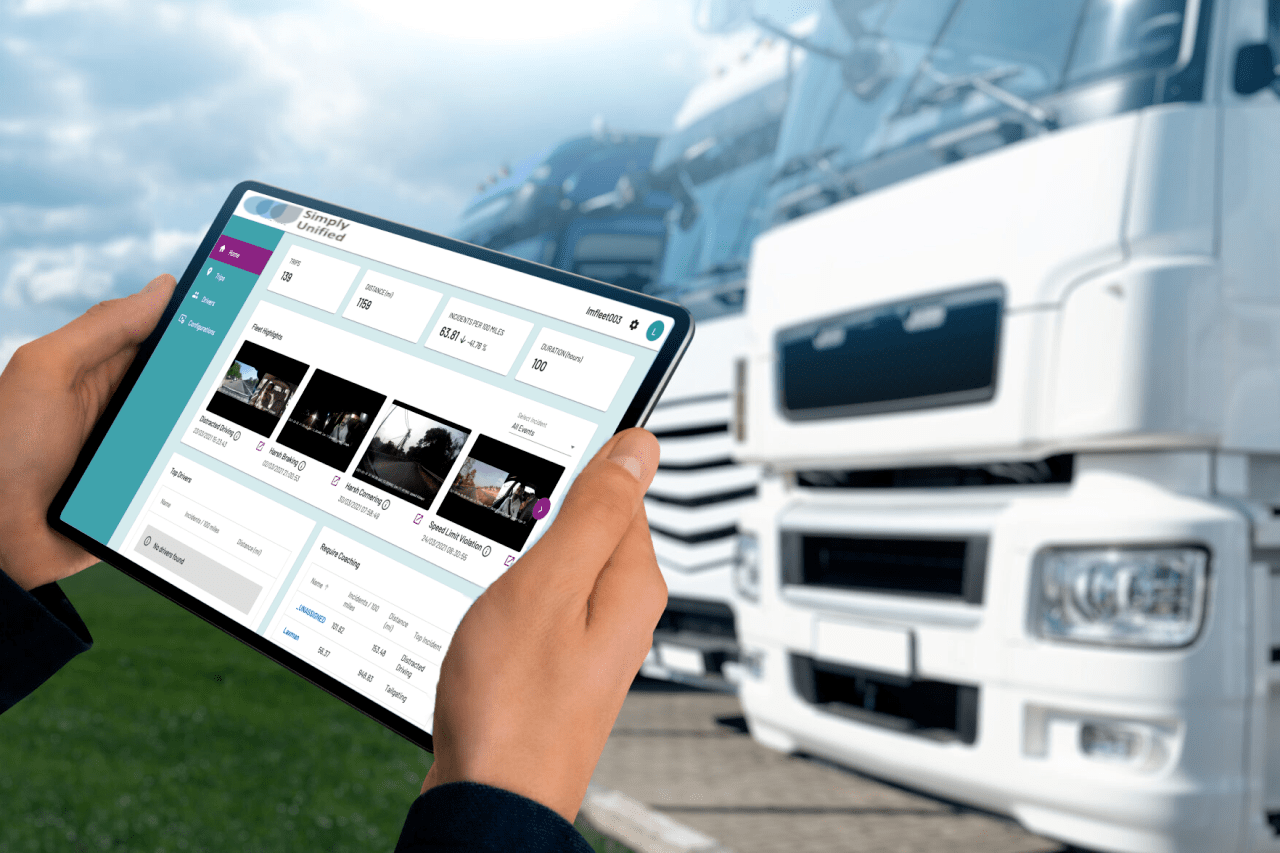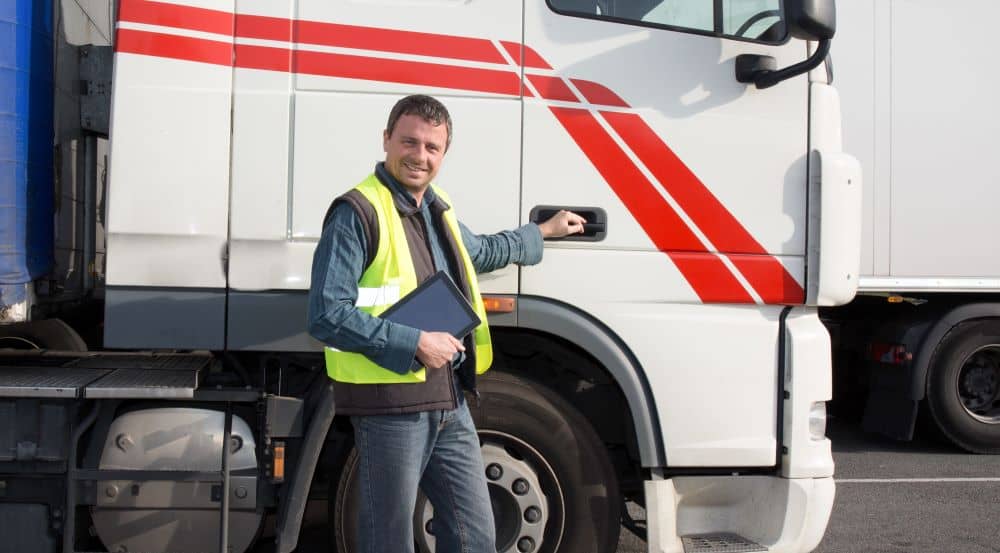Every fleet manager needs to safeguard assets, which include fleets and drivers. All fleet movements have potential risks that can be detrimental to the company’s reputation and finances. Hazards, such as traffic accidents, vehicle breakdowns, cargo damages, driver health and safety are among the most serious and expensive ones that fleet managers can face.
Thankfully, video safety solutions are available, which significantly improve safety and performance. Technological upgrades and the accessibility to cost-effective hardware options grant the adoption of video safety solutions for fleets and trucking businesses.
What is Video Safety?
In the past, drivers and fleet managers relied primarily on GPS systems. But fleets required more than just locational information, and this is where telematics systems entered the picture. Tracking vehicles has become much easier and more sophisticated with the ability to receive real-time data.
Video safety solutions provide not only the location of the vehicles but also their speed, driver behaviours such as stops and braking, and distance travelled. These systems are useful in determining the condition of the vehicles, too, as they can offer vehicle diagnostics on the engine temperature, transmission, oil pressure, and exhaust system, among others.
Video telematics can also come with a dashboard camera, which adds more valuable data to benefit the fleet management efforts of the company. That’s because fleet managers don’t just have quantitative data. They have qualitative data, so there’s no need to completely rely on numbers because they have descriptive and conceptual data, as well.
With the availability of video safety solutions today, your business can store, study, and access vehicle data and videos in real-time. You can use the information gathered to identify areas that require improvements, such as fuel efficiency, driver performance, and fleet maintenance schedules. These insights give you a reliable way to successfully protect and track the business’ assets, increase productivity, and improve operational competence, which are the key ingredients to delivering better customer service.

Five Reasons Why Video Safety is Necessary for Fleets and Cars
Many fleet managers, especially those in the trucking and supply chain segments, should understand the power of video safety solutions. They are useful in any related industries, as well, such as in construction, agriculture, and others that require effective fleet management practices. Video safety is essential and should not be ignored, even though each fleet typically has unique operating parameters. Here are five reasons why:
1. Efficient Driver Coaching
Drivers are the lifeblood of any fleet. However, many drivers can become overly confident with their driving skills. Others become unaware that some of the manoeuvres they perform can result in dangerous consequences. The solution is to monitor drivers to assess their performance constantly. Managers should provide feedback that will help drivers improve their skills whilst maintaining safety and efficiency.
Thanks to video safety solutions, you can store videos that you can use to point out mistakes made by the driver. These videos are a compelling means for learning and raising awareness. Accidents happen, but some can be easily avoided. You can provide footage to help the staff examine the cause and effect of an incident and determine the best course of action if they are ever in a similar situation.
Video safety also includes training and showing examples of good driving behaviours worthy of emulation.
2. Exoneration and Claims Establishment
Roads are dangerous, and it is much more so for a truck. In many accidents that involve a commercial vehicle, the commercial vehicle driver is held liable by default. This deep-seated bias can only be avoided with absolute video proof of an unfortunate event that may have occurred on the road. That’s why several larger trucking companies implemented video safety programs purely for this purpose.
In the event of an accident, it’s typically your word against the other party’s – but not when you have objective visual evidence of the occurrence. Videos do not lie, and they make it easier for you to explain what happened and why. Truckers are often automatically viewed as the person responsible for the incident, especially if the other party has a smaller vehicle and more injuries. It’s in your company’s best interest to ensure you’re protected from legal and financial liabilities when you or your driver is not at fault.
Additionally, you will have no problem claiming insurance because you have telematics. Your case for the claim is strong, and you will get the payment you deserve. It’s also worth noting that some insurers do not provide transport fleet coverage unless there’s a video safety system installed. And due to lower accidents and better driver performance, you will make fewer claims that can effectively reduce your premiums.
3. Improved Work Conditions
Many commercial vehicle drivers work longer these days than they used to a decade earlier, putting them at a higher risk due to fatigue and stress. That’s why it is not entirely surprising that there has been an upsurge in truck driver deaths over the last five years, and among the top causes is tiredness.
Happy workers mean outstanding performance – and this certainly applies to drivers. When they know that they are in a safe work environment, they operate better, more safely, and more productively.
Video telematics installed in your fleet can provide constant notifications from automated video analysis. The alerts will help make a driver more aware of their surroundings, which greatly reduces potential risks and losses.
4. Operational Efficiencies and Quick ROI
Studies show that defensive driving can result in fuel efficiency savings of up to 40%, along with the reduced risk of accidents and downtime. Accidents are costly, not only because of hefty repair costs but also other expenses, such as insurance claims, hospital bills, potential court payments, and perhaps even the loss of clients due to a tarnished reputation.
Video safety systems that provide advanced analytics to track driving habits’ nuances are critical in driving these kinds of operational savings.
Video telematics can benefit trucks and fleets in many ways. Using the system, companies can enjoy optimised fuel management, thanks to the readily available reports that provide details on routes and fuel consumption and spending. These video safety solutions also help decrease vehicle maintenance costs due to timely notifications and repair predictions. Increased safety of cargoes is easily achieved with real-time tracking of driving behaviours and even road conditions.
The information collected always leads to customer satisfaction. That’s because drivers and fleet managers have a better grasp of delivery routes.
5. Safer Roads for All
There is no other solution that can provide the context around driving as a video safety system does. Advanced analytics can discern what caused a specific manoeuvre – e.g., whether a harsh braking incident happened because of tailgating or an animal suddenly coming in front of the vehicle.
As mentioned above, videos can be saved and used for future consumption, including educating drivers regarding driving behaviours. Video telematics can be helpful in many ways. Generally, video safety entails more safety for everyone on the road, as alerts help the driver be more aware of his surroundings. Companies have been applying driving metrics using video evidence to further their safety profiles. Doing so reduces insurance claim costs and near-collision events. It’s beneficial not only to the company, fleet managers, and the drivers but also to the members of the public. These include pedestrians and other motorists on the road.
Increased driver safety is related to less aggressive driving on the road. You can ensure that the drivers comply with seat belt and speed limit regulations whilst ensuring all vehicles are on the right paths or authorised roads only based on geofences. Finally, you can satisfy clients who want transparency when it comes to cargo integrity. The result is a more efficient, more productive, and better-managed fleet.

Are You Still Ignoring Video Safety?
It’s time for a change. The five reasons above are compelling, aren’t they? Your business will truly benefit from data-driven facts, which encourage positive driving behaviour, well-maintained fleets, and video evidence.
Telematics, without a doubt, is an efficient way to boost fleet safety. You need data that can help you detect dangerous driving whilst securing insurance discounts, less downtime, and fewer injuries. Video safety adds another layer of security for everyone, including your business reputation and staff.
If you’re ready to take advantage of a video telematics solution that you can rely on for real-time updates, GPS tracking, and more, contact Simply Unified today.






